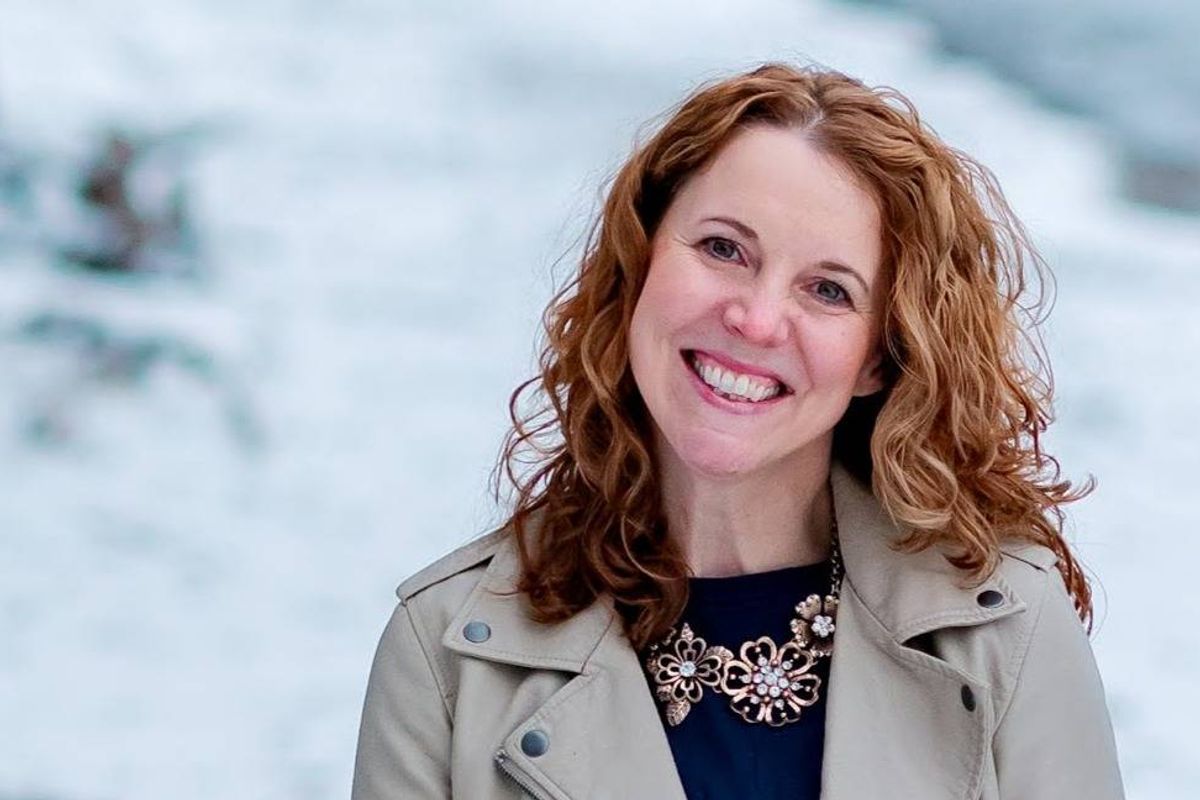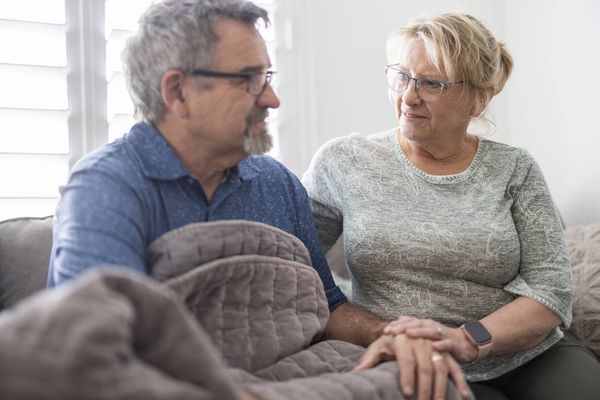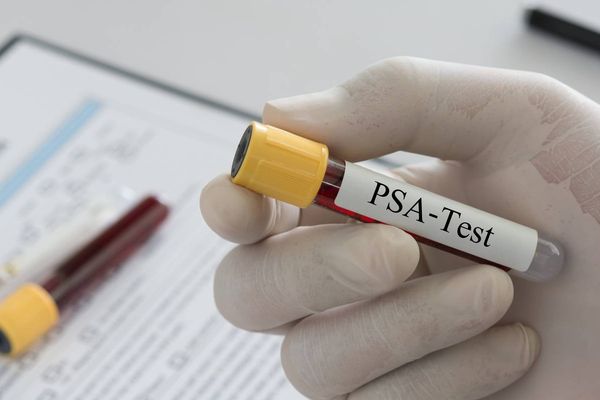As told to Erica Rimlinger
November is National Caregivers Month.
My son Jack, a second grader at the time, stayed home sick from school on Friday, but woke up Saturday feeling better and ready to play in his two basketball games — one was the championship. It was going to be a big weekend, for more reasons than we knew as we piled Jack’s gear into the car that morning. Shortly after Jack assisted in his team’s championship win, he was admitted to the hospital on his way to getting a life-altering diagnosis.
Jack is an active, healthy kid who loves sports and plays baseball, basketball and football. He’s always been prone to stomach issues, but it never concerned his pediatrician, so it didn’t concern us. An upset stomach wasn’t an unusual symptom when Jack was sick. But that Friday he also said his hips were hurting. It wasn’t quite a red flag, but it was a little unusual.
After the championship game, Jack, my mom and I drove from our home in Erie, Pennsylvania, to Pittsburgh to see my niece’s dance recital. Jack was tired, which made sense: he’d played intense sports shortly after recovering from a stomach bug.
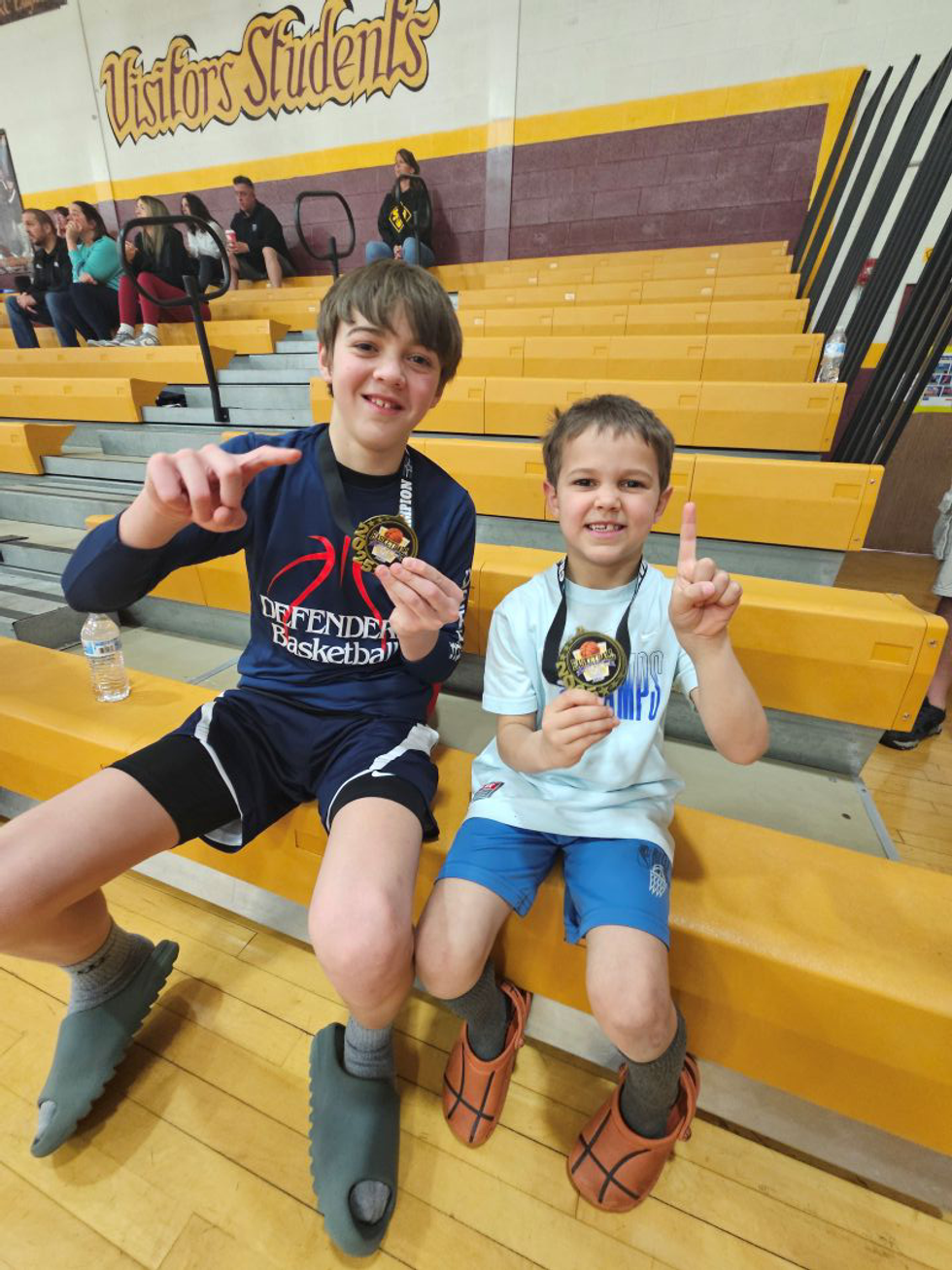
At the recital the next day, he turned to me and said he felt very dizzy. The red flag appeared to me. He then told me it had been hurting him to urinate for a couple of days. More red flags popped up. We had to leave.
We stood up, shuffled quickly out of the recital, and drove home to Erie and directly to urgent care, where Jack’s urine sample showed signs of blood. We were sent to the emergency room, and learned Jack was in kidney failure and his creatinine, a kidney enzyme, was more than five times the normal level. He was rushed to UPMC Children’s Hospital of Pittsburgh. There, Jack passed 15 kidney stones over a two-day period.
Why was this happening? The doctors first looked for answers in Jack’s diet. They asked me what Jack was eating and drinking. I was stunned when they asked if it was possible that he had drunk antifreeze.
But as Jack’s painful kidney stones passed — and he was so brave passing them — his high creatinine levels dropped immediately, and Jack felt better as well. But when his levels stabilized still above the normal range, the doctors now believed his kidneys were being affected by a chronic illness, a disease he’d had for a while.
We settled into hospital life as Jack was monitored, had more tests and awaited a diagnosis. I was a full-time professor of math education at Penn State’s Erie campus and taught my classes from Jack’s hospital room. My mind flashed back to all the warning signs that didn’t register as red flags. Jack was prone to stomach bugs, but we compared that to the way some kids had frequent ear infections. Jack was always thirsty and couldn’t seem to get or stay hydrated, but we thought that was because of his active lifestyle and sports schedule.
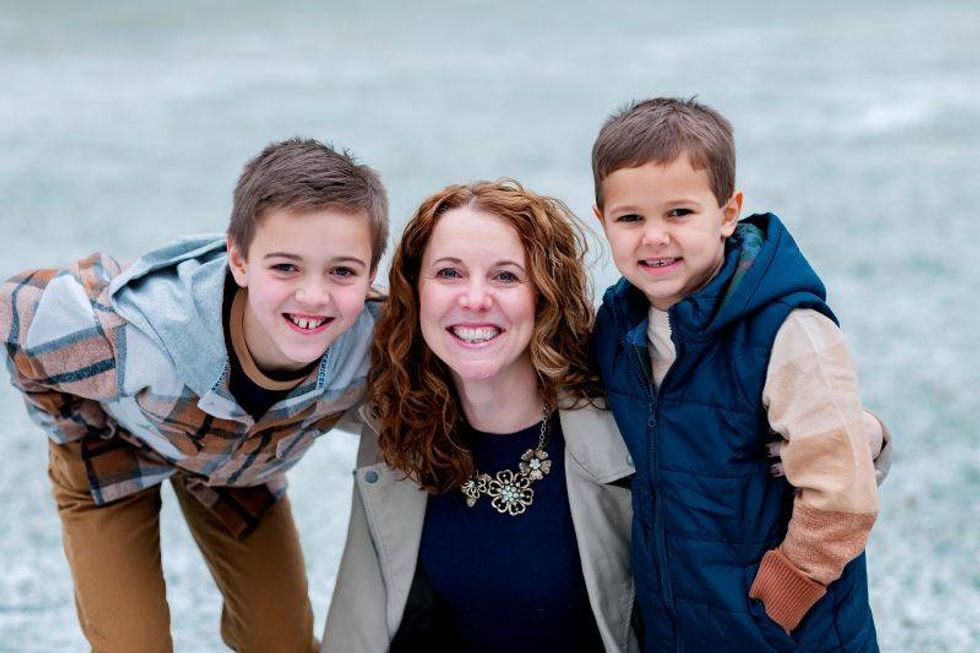
When we first came to the hospital, one doctor had listed primary hyperoxaluria (PH) as a possible cause for Jack’s illness, but said it was unlikely. It’s rare because it’s genetic and both parents must carry the gene for the disease to appear. Although PH causes symptoms in the kidneys, it’s a liver problem where the substance that breaks down waste products (like oxalate) is either too low or missing entirely. This causes a cascade of problems that lead to kidney stones, chronic kidney disease and kidney failure. Untreated, it can impact other organ systems as well.
Because the doctor thought this rare disease was a possibility, Jack was diagnosed within two weeks. Most people with PH take years to get diagnosed, so we were lucky in the sense that we knew quickly what we were facing.
We were also lucky that a new treatment had been developed that year. Before this treatment, doctors would just hydrate a person and wait for a kidney transplant, liver transplant or both.
I’d never heard of PH, and once the diagnosis was confirmed I switched gears from just surviving to intense researching. I spent every spare moment learning about the disease. The goal of treatment is to stop oxalate from building up in Jack’s kidneys and blood vessels. Jack gets an injection every three months, and we have to monitor his hydration carefully, but Jack has always been great about drinking water.
Jack is incredibly fortunate his kidneys are stabilizing on the medication. The injections don’t reverse his kidney disease, but they prevent more damage from happening.
We hope Jack won’t need a liver or kidney transplant and that his creatinine levels, while still high, can be maintained. Jack’s medication is so new that his case is being studied. There are still a lot of unknowns, but we try to remain optimistic and proactive while also staying grounded and informed. We learned from a genetic test that both my husband and I are carriers of PH, and that our younger son is a carrier. Only Jack has the illness.
We see doctors that specialize in kidney and urinary tract health and travel from Erie to Pittsburgh or Akron to see them. Despite the disruption, Jack lives a mostly regular life as a sixth grader. He still plays baseball, football and basketball and loves all his sports.
While Jack’s day-to-day life is as normal as possible, I can feel anxiety grow when we approach a date for a bunch of important lab tests or a nephrology visit. I find myself bracing for the fear that comes with seeing his test results come back as abnormal, which is a jarring feeling when you’re watching your healthy-looking kid run around on a football field.
Sometimes the coordination of Jack’s care feels overwhelming. Between the medical teams across hospitals in different states, the insurance, the specialty pharmacy and at-home nurse that gives Jack his injections, it can be exhausting. But family, friends and support networks help.

We found a support network through the Oxalosis and Hyperoxaluria Foundation (OHF) and it’s made a huge difference. I never realized that when you’re dealing with an ultra-rare disease — one many doctors haven’t even heard of — you have to become your own mini-expert and advocate with medical teams, schools and sports teams.
Events offered by the OHF are the only place where Jack has been in the same room with other people who have the same disease. It’s the only place where people understand how hard it is to explain and coordinate care for this unfamiliar condition.
We don’t have it all figured out, but we’ve learned to give ourselves the grace of recognizing that. So many good people have come into our lives because of this, and Jack is happy and healthy today. For me, that adds up to a good foundation for optimism and hope.
Have your own Real Women, Real Stories you want to share? Let us know.
Our Real Women, Real Stories are the authentic experiences of real-life women. The views, opinions and experiences shared in these stories are not endorsed by HealthyWomen and do not necessarily reflect the official policy or position of HealthyWomen.
- Treatment Options for Primary Hyperoxaluria - HealthyWomen ›
- Opciones terapéuticas para la hiperoxaluria primaria - HealthyWomen ›

